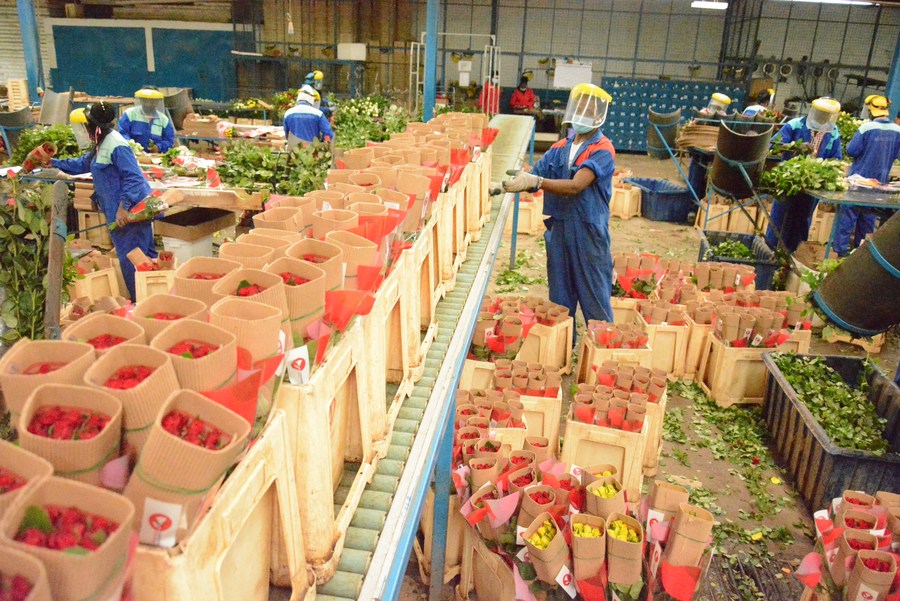In Kenya, the horticultural sector is having a standout year, thanks to a confluence of factors that have significantly boosted exports. A weakened shilling, in conjunction with a robust horticultural industry, has yielded a noteworthy 34% surge in export earnings, despite a substantial 92.0% decrease in export volume.
From January to July, horticultural exports generated an additional KES 18.8 billion compared to the corresponding period in the previous year. This impressive performance is largely attributed to the positive impact of the depreciating shilling, which has enhanced the competitiveness of Kenyan horticultural products in global markets.
Despite the notable reduction in the volume of horticultural exports, the industry’s earnings have demonstrated remarkable growth. From January to July, Kenya exported 229,418.9 tonnes of cut flowers, fruits, and vegetables, marking a stark decrease from the 2.9 million tonnes exported during the same period in the prior year.
Nonetheless, earnings during this period surged from KES 54.8 billion to an impressive KES 73.6 billion. The Kenya National Bureau of Statistics (KNBS) reported a particularly encouraging trend, revealing that the quantity of cut flowers exported grew from 8,931.54 metric tonnes in June 2023 to 11,715.32 metric tonnes in July 2023.
Furthermore, the value of cut flowers exported increased from KES 5.2 billion to KES 6.9 billion during the same period. This underscores the strong demand for Kenyan horticultural products on the global stage.
The depreciation of the Kenyan shilling against major currencies, notably the US dollar, played a pivotal role in the surge of horticultural exports. Over the past year, the shilling lost approximately 20.5% of its value against the dollar, rendering Kenyan products more competitively priced for international buyers. This currency shift effectively enabled Kenyan horticultural products to access new markets and establish a firmer foothold in existing ones.
Kenya’s horticultural industry has exhibited resilience and adaptability in the face of economic challenges, particularly the depreciation of the shilling. The substantial increase in export earnings, despite a reduction in export volume, underscores the industry’s potential for growth and its significance in Kenya’s economic landscape.
This positive trend serves as a prime example of how currency dynamics can positively impact export-driven sectors, rendering Kenyan horticultural products more competitive and appealing to global consumers. As the world continues to seek high-quality horticultural products, Kenya has positioned itself as a dependable supplier with a diverse range of products.
However, it is imperative for the industry to uphold its commitment to quality, sustainability, and innovation to secure its place in the global horticultural market and continue reaping the benefits of a competitive exchange rate.
Email your news TIPS to editor@thesharpdaily.com

















